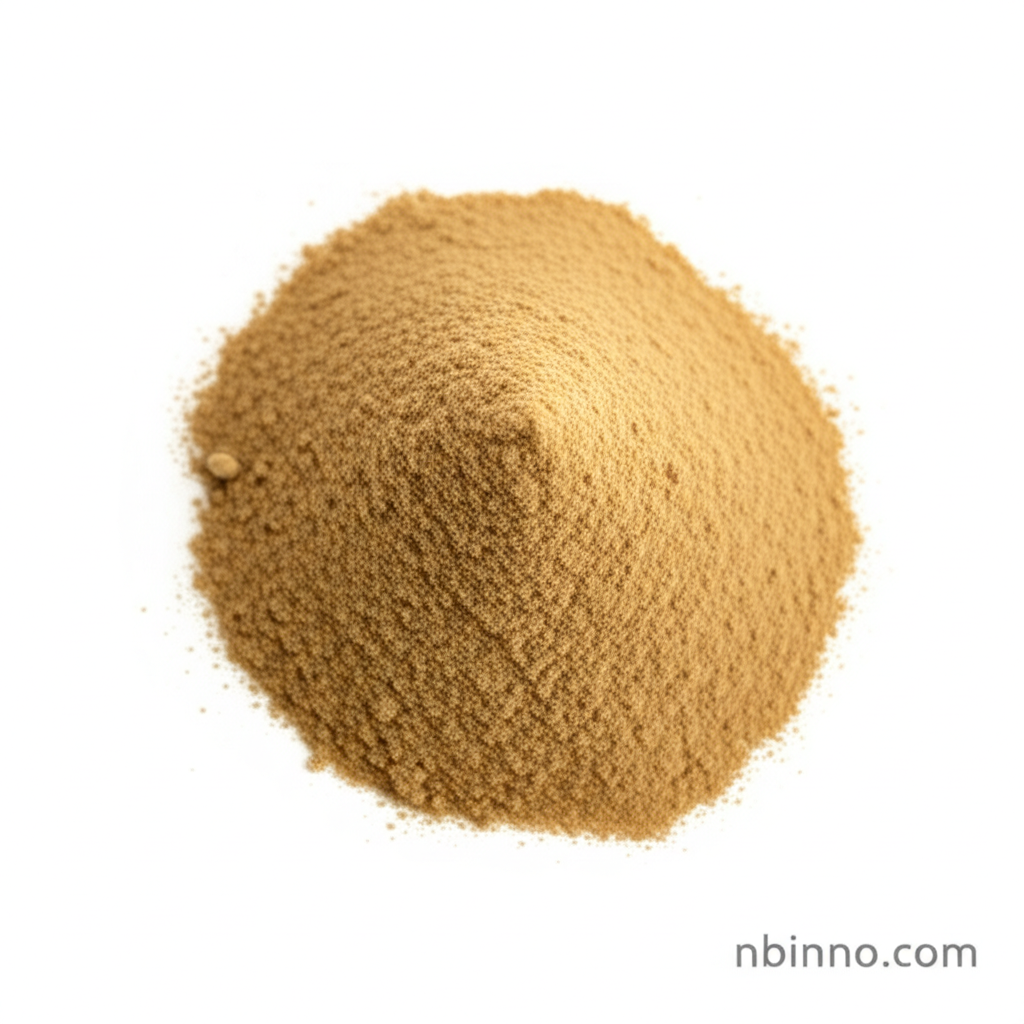2-Bromo-5-chloroaniline: A Versatile Organic Synthesis Intermediate for Pharmaceuticals and Agrochemicals
Unlock advanced chemical synthesis with this crucial building block.
Get a Quote & SampleProduct Core Value

2-Bromo-5-chloroaniline
As a premier organic synthesis intermediate, 2-Bromo-5-chloroaniline (CAS 823-57-4) is indispensable for creating complex molecules vital to the pharmaceutical, agrochemical, and dye industries. Its distinct halogenated aniline structure provides unique reactivity, enabling precise chemical modifications and the development of high-value products.
- Facilitating 2-bromo-5-chlorobenzenethiol synthesis, this compound is key in developing advanced chemical derivatives.
- Enabling the synthesis of pyrimidinium chlorides, it plays a role in creating compounds with specific therapeutic properties.
- Used in reactions to produce antitumor activity compounds, highlighting its significance in pharmaceutical research.
- Aiding in the development of fatty-acid binding protein inhibitors, showcasing its contribution to drug discovery.
Key Advantages
Versatile Reactivity
The presence of bromine and chlorine substituents allows for a wide range of chemical transformations, making it a versatile tool in organic synthesis.
High Purity Standards
Typically supplied with a purity of ≥99.0%, it ensures reliable results in sensitive pharmaceutical synthesis and other demanding applications.
Stability and Handling
With a melting point of 38°C and a flash point of 114.5°C, it offers a reasonable safety profile and is stable when stored correctly, supporting efficient agrochemical synthesis.
Key Applications
Pharmaceutical Synthesis
Serves as a critical intermediate for synthesizing active pharmaceutical ingredients (APIs) and novel drug candidates, contributing to drug discovery.
Agrochemical Development
Essential in the production of herbicides, insecticides, and other crop protection agents, supporting the agricultural sector.
Dye and Pigment Manufacturing
Acts as a building block for producing vibrant dyes and pigments used across various industries.
Advanced Chemical Research
Its unique chemical structure makes it valuable for researchers exploring new synthetic pathways and materials in organic chemistry.
